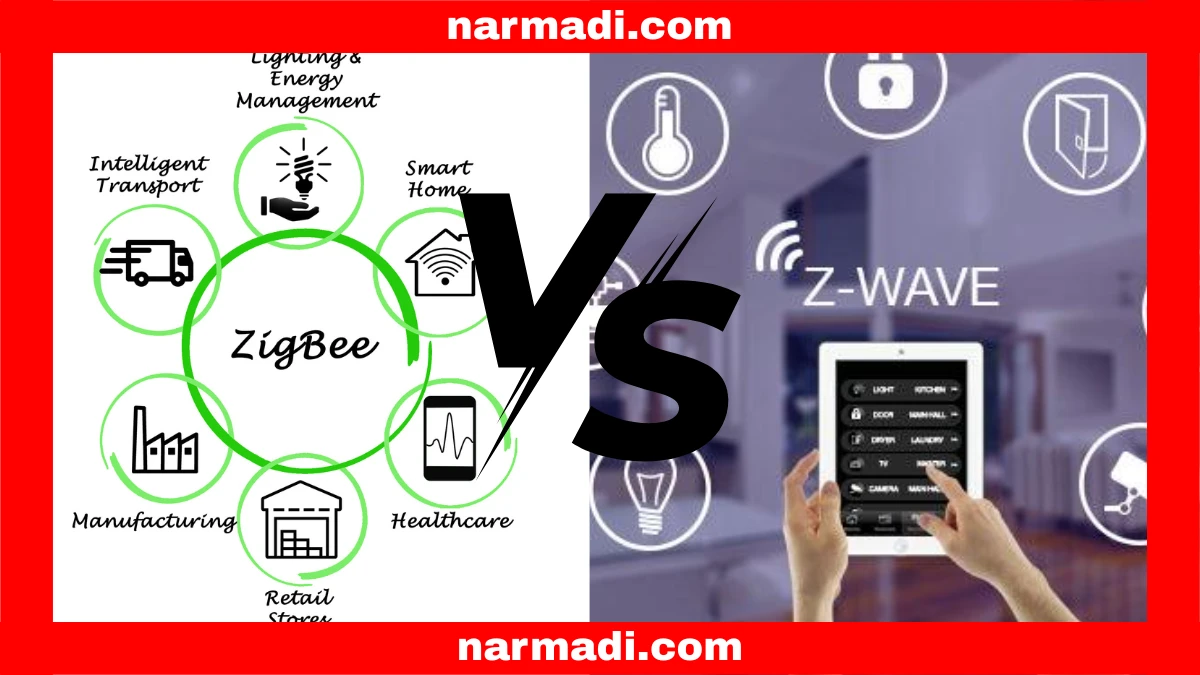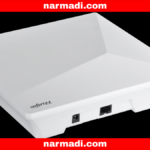Zigbee and Z-Wave are two highly standardized IoT (Internet of Things) protocols. However, the difference between Zigbee and Z-Wave are quite clear in their respective applications.
This wireless technology is widely used in IoT, especially in the field of smart homes. The difference between Zigbee and Z-Wave include frequency, range, interoperability, speed, and device availability.
This article will explain more about the difference between Zigbee and Z-Wave so that you can choose the better protocol for smart home automation.
Also Read
Table of Contents
What is Zigbee?
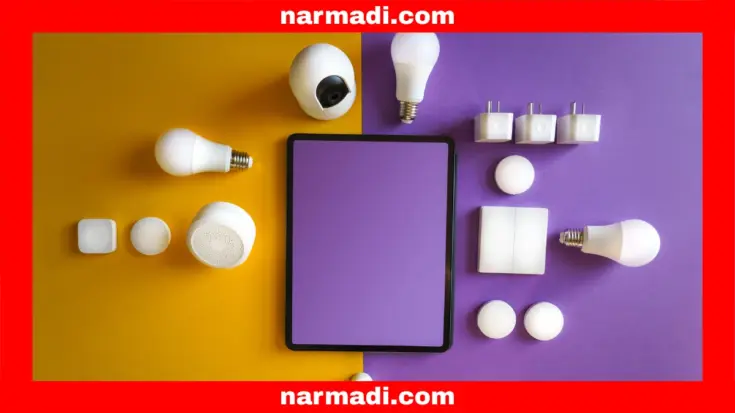
Zigbee is a wireless communication protocol that operates based on the IEEE 802.15.4 standard. It is designed for applications that require low power and low cost. Zigbee operates on various frequencies, including 2.4 GHz (commonly used worldwide), 868 MHz (Europe), and 915 MHz (America).
These wireless devices use a mesh network to enable devices to connect. Using a mesh network allows Zigbee devices to communicate with each other and extend their range without requiring a direct signal from a central device. This protocol is widely used in smart home applications, such as smart lights, thermostats, and sensors.
What is Z-Wave?
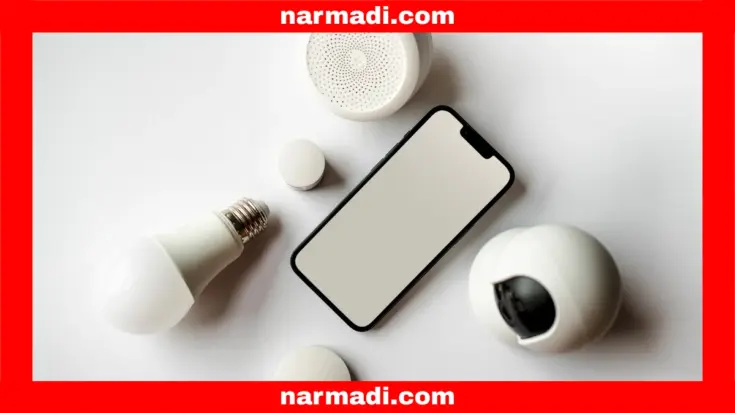
Z-Wave is a wireless communication protocol based on the ITU G.9959/ITU standard. These devices are designed to provide higher reliability and security. Z-Wave operates at a frequency 868 – 908 MHz, which is a lower spectrum than Zigbee.
These wireless devices also use a mesh network to enable devices to connect. Using a mesh network allows Z-Wave devices to connect and act as repeaters to extend their range. Z-Wave is widely used to control lights, door locks, thermostats, and sensors wirelessly through a single application in a smart home.
The Difference Between Zigbee and Z-Wave
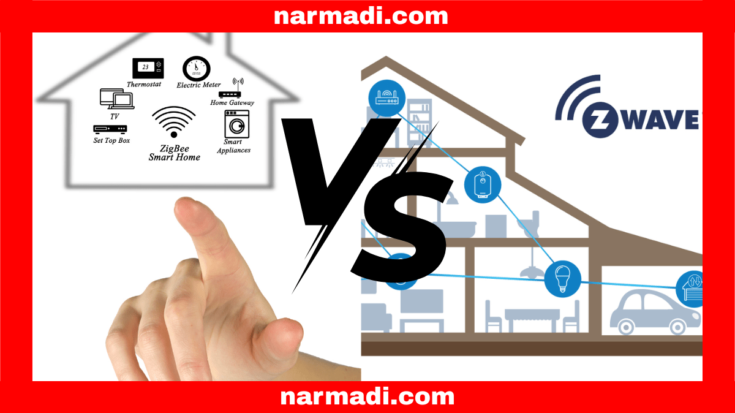
Zigbee and Z-Wave are devices that allow you to have good automaation. Here are the difference between Zigbee and Z-Wave:
Frequency
Zigbee: Generally uses the 2.4 GHz frequency band. This frequency is the same as WiFi, so interference is possible.
Z-Wave: Uses a lower frequency band in the 868-908 MHz range. This frequency is less susceptible to WiFi interference.
Range
Zigbee: Has a shorter range of only about 10 meters indoors.
Z-Wave: Has a much wider range of up to 100 meters indoors.
Interoperability
Zigbee: Interoperability varies, as not all Zigbee devices are compatible.
Z-Wave: Interoperability is stronger, as all certified Z-Wave devices are compatible with each other.
Speed
Zigbee: Has a higher data transmission speed of up to 250 kbps, enabling more complex communication and faster response times.
Z-Wave: Has a slower data transmission speed of only 100 kbps, making it suitable for automation tasks that do not require large data transfers.
Device availability
Zigbee: Has a broader device ecosystem. Can support up to more than 65,000 devices.
Z-Wave: Has a smaller device ecosystem. Only supports approximately 230 devices.
Here are the difference between Zigbee and Z-Wave in a nutshell:
| Aspects | Zigbee | Z-Wave |
| Frequency | Generally uses the 2.4 GHz frequency band | 868-908 MHz frequency band |
| Range | About 10 meters indoors | Up to 100 meters indoors |
| Interoperability | Not all devices are compatible each other | All devices are compatible with each other |
| Speed | Up to 250 kbps | Only 100 kbps |
| Device availability | More than 65,000 devices | Approximately 230 devices |
Which Protocol is Better for Smart Home Automation?
There is no better protocol than the other; it all depends on your personal priorities and needs. Before choosing the right device, you can consider the difference between Zigbee and Z-Wave as explained above.
If you want faster speeds and wider device availability for more complex applications, Zigbee is a good choice. However, if you wish to stronger interoperability and better security, you can choose Z-Wave.

